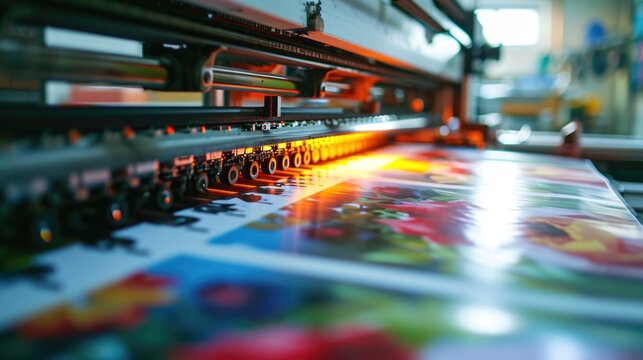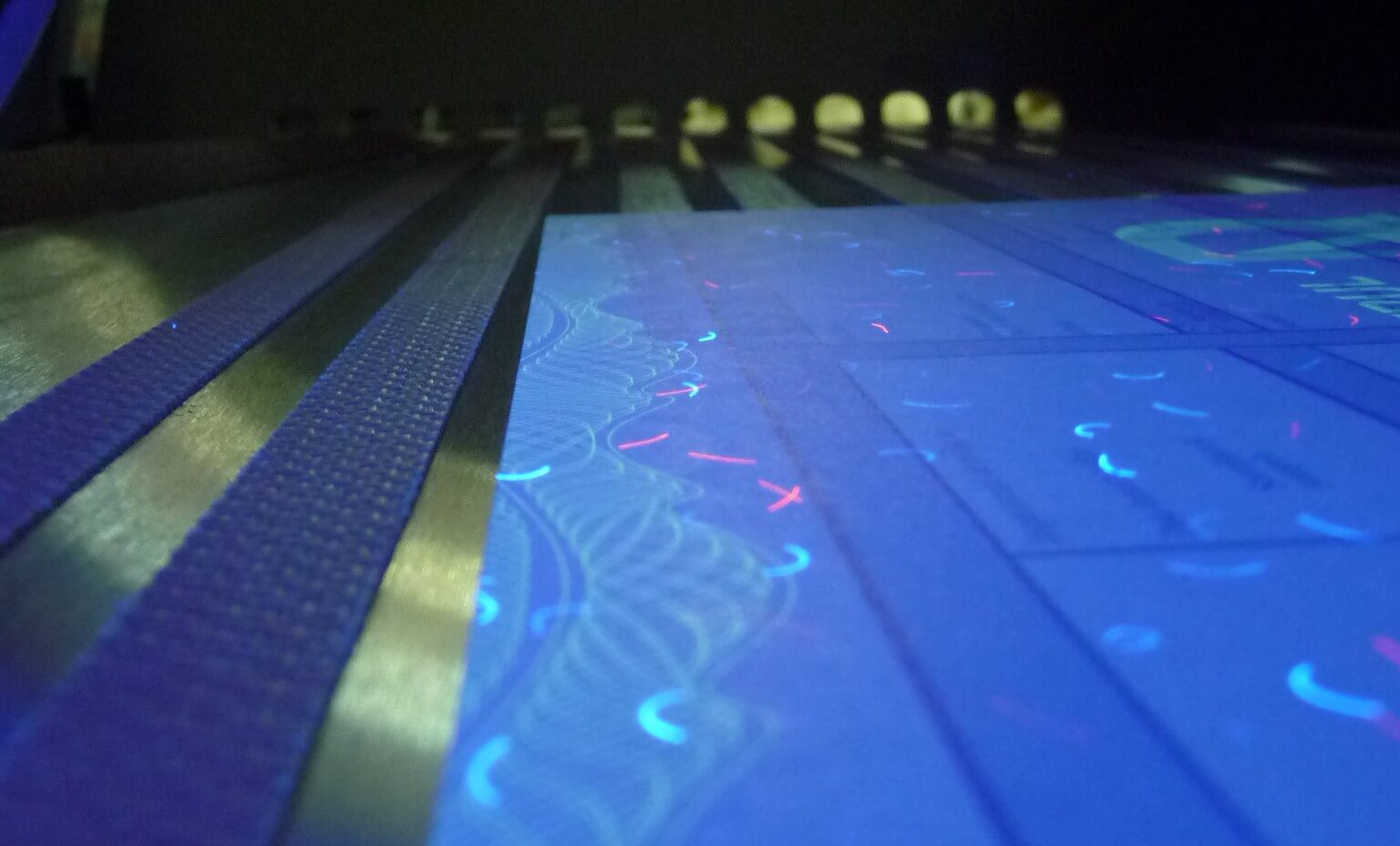When it comes to creating memorable theater programs, the choice of printing technique is crucial. Offset printing for theater programs stands out as a popular choice due to its high-quality results and cost-effectiveness for larger print runs. Whether you are a production manager, a graphic designer, or a theater enthusiast, understanding the nuances of offset printing can enhance the presentation of your theater programs.

What is Offset Printing?
Offset printing is a widely used printing technique where the inked image is transferred from a plate to a rubber blanket, and then to the printing surface. This method is known for its ability to produce sharp and clean images, making it ideal for detailed and vibrant theater programs.
Advantages of Offset Printing for Theater Programs
There are several advantages to using offset printing for your theater programs. Firstly, it provides superior image quality, ensuring that every detail of your program is clear and impactful. Secondly, it is economically advantageous for large print runs, making it a cost-effective choice for theaters with substantial audiences.
High-Quality Image Reproduction
One of the primary benefits of offset printing is its ability to reproduce high-quality images and text. This is particularly important for theater programs, which often include intricate designs and detailed information.
Cost-Effectiveness
For theaters that require large quantities of programs, offset printing offers a cost-effective solution. The more copies you print, the lower the cost per unit, making it an economical choice for larger productions.
Offset Printing Process Explained
The offset printing process involves several steps, each contributing to the final product’s quality. It begins with the creation of a plate, which holds the image to be printed. This image is then transferred onto a rubber blanket, and finally onto the printing surface, typically paper.
Plate Creation
The first step in the offset printing process is creating a plate. This plate is etched with the image of the program and is used to transfer the ink to the rubber blanket.
Ink Transfer
In the next step, ink is applied to the plate and then transferred to the rubber blanket. This stage is crucial for ensuring that the image is accurately and consistently reproduced across all copies.
Considerations for Choosing Offset Printing
When deciding whether to use offset printing for theater programs, it is important to consider factors such as the size of the print run, the complexity of the design, and the desired quality of the final product.
Print Run Size
Offset printing is most cost-effective for large print runs. If your theater requires a substantial number of programs, offset printing may be the best choice.
Design Complexity
The complexity of your program’s design can also influence the decision to use offset printing. This technique is ideal for detailed and colorful designs, ensuring that every element is reproduced accurately.
Comparing Offset and Digital Printing
While offset printing offers many benefits, it is important to compare it with digital printing to ensure you are choosing the best method for your theater programs. For more information on this comparison, visit this offset vs digital printing guide.
Quality Differences
Offset printing typically offers higher quality than digital printing, particularly for complex designs. However, digital printing can be more efficient for smaller print runs.
Cost Considerations
While offset printing is generally more cost-effective for large runs, digital printing can be more economical for smaller batches or when frequent changes to the design are needed.
Real-World Applications
Many theaters have successfully implemented offset printing for their programs, benefiting from its high-quality output and cost savings. For instance, theaters that print programs for multiple shows throughout a season can take advantage of the economies of scale offered by offset printing.
Getting Started with Offset Printing
If you are considering offset printing for theater programs, it is important to work with a reputable printing company. Look for printers with experience in theater program printing to ensure high-quality results.
Choosing a Printer
When selecting a printer, consider their experience with offset printing and their ability to handle large print runs. Additionally, inquire about their quality control processes to ensure the best possible outcome for your programs.
Design Considerations
Work closely with your design team and printer to ensure that your theater programs are designed with offset printing in mind. This includes selecting appropriate fonts, colors, and images that will reproduce well using this technique.
Environmental Considerations
For those concerned about the environmental impact of printing, it is worth noting that offset printing can be more environmentally friendly than other methods. Many printers offer eco-friendly options, such as soy-based inks and recycled paper, which can reduce the environmental footprint of your theater programs.
Conclusion
Offset printing for theater programs offers a range of benefits, from high-quality image reproduction to cost-effectiveness for large print runs. By understanding the process and considerations involved, you can make an informed decision that enhances the presentation of your theater programs and ensures a memorable experience for your audience. For further reading on offset printing for different applications, explore this photography books link.

FAQs
What are the benefits of using offset printing for theater programs?
Offset printing offers superior image quality and cost-effectiveness for large print runs, making it ideal for theater programs.
How does the offset printing process work?
The process involves transferring an inked image from a plate to a rubber blanket and then to the printing surface, resulting in sharp and clean images.
Is offset printing environmentally friendly?
Many printers offer eco-friendly options, such as soy-based inks and recycled paper, making offset printing a more environmentally conscious choice.
This article contains affiliate links. We may earn a commission at no extra cost to you.







